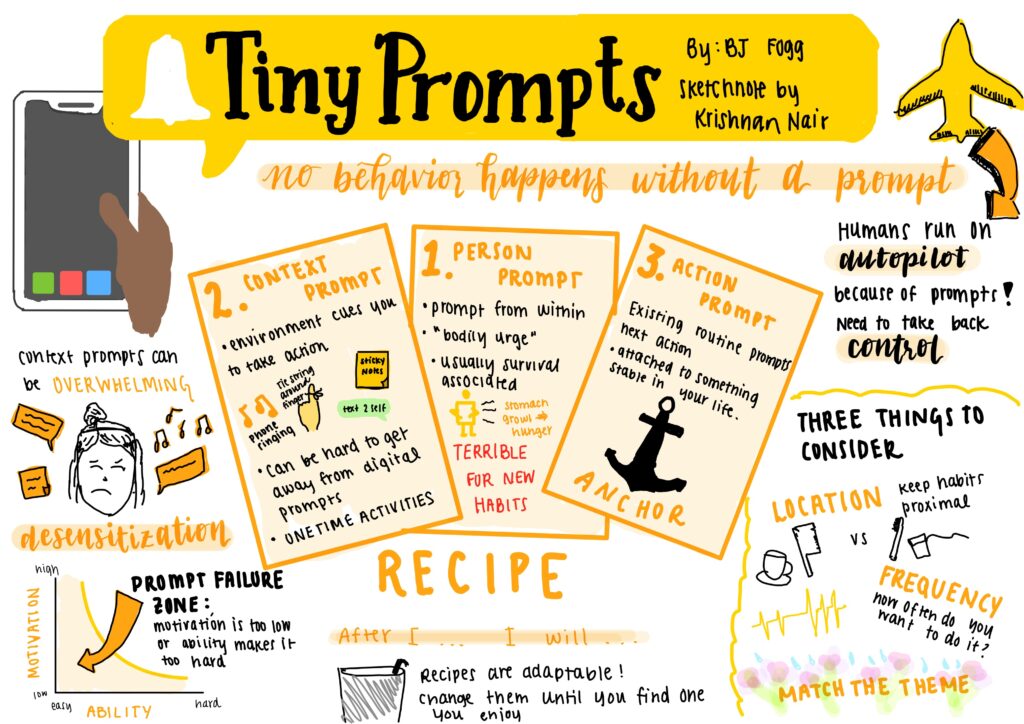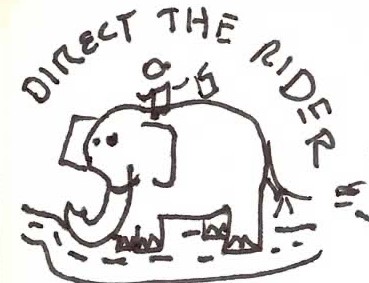Isolde targets the markets of the elements used for machines– without a huge amount of consideration for the pricing of the machines themselves. Emmanuel mostly cares about the markets for the machines themselves, and the intermediate materials are not important to him. Isolde targets hospital markets with smaller consumables, Emmanuel sticks mostly to research markets. Siliquent started off trying to sell just gene-based diagnosis tech, and then moved into other products when they realized these singular profit offerings were too niche and expensive to keep their company afloat. They also slightly underbid the other offerings in the field. Siiquent emphasizes staying in touch with consumer needs. Because Teomik stayed in the research market, they were able to get by with fewer overall sales but large purchases of expensive instruments by major research institutions. Both companies place a high value on customer service.
Pros: The company can be stretched too thin by trying to dance around customer fluctuations in both directions: machines and stuff. It may save time to focus on one direction, targeting one market well.
Perils: It is riskier to focus on one market, and hard to predict that the second half will be able to adapt correctly. Who’s to say that if they decide to focus entirely on hospital “stuff” like Siiquent targets, Teomik won’t just lose its singular main source of profit (large purchases from research institutions), essentially disappearing?
My first step in finding a solution is to encourage both leaders to write out or officially outline the existing methods they have. They began discussing it toward the end with “listen to customers, competitors, employees”, and while this is not a revenue model per se, it would be useful to have official clarity about their processes. With a concrete description of the current process, it might be more feasible to get either leader to budge, conform to each other, or come to a new, combined strategy. It would be a mistake to force Isolde to become Emmanuel or vice versa– you bought both companies for a reason. So start with a written out existing plan, map out where similarities are, and be open to some two-pronged elements.



